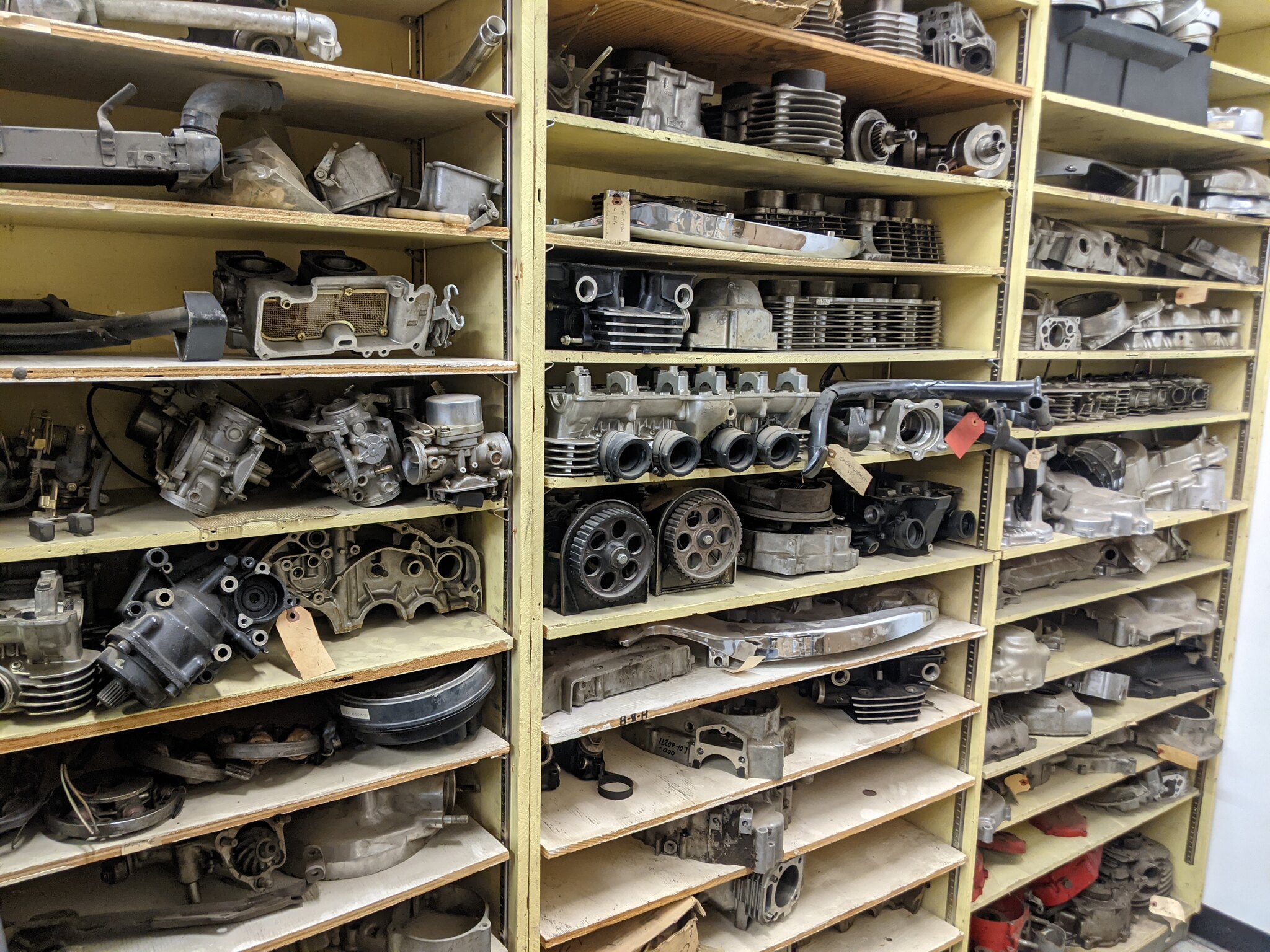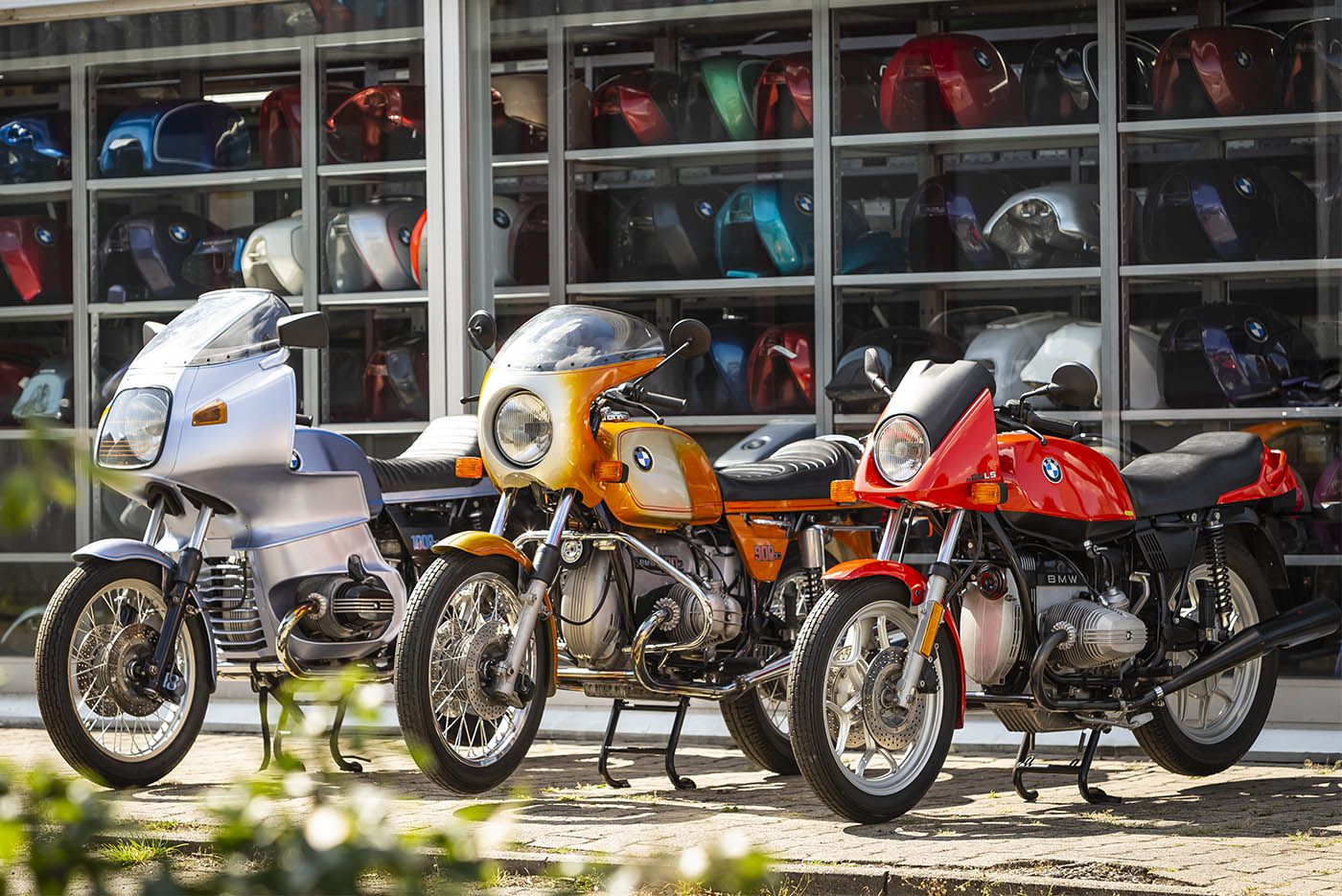Vital Motorcycle Parts NZ for Peak Performance and Safety
Vital Motorcycle Parts NZ for Peak Performance and Safety
Blog Article
Comprehending the Vital Parts of a Bike: A Comprehensive Guide for Fanatics
For motorcycle lovers looking to raise their riding experience and ensure their bikes run smoothly, comprehending the important elements of a motorbike is vital. Each aspect, from the engine's complex functions to the vital duty of the stopping systems, not only influences efficiency but likewise safety and security and convenience.
Engine Parts

The camshaft plays an important duty in regulating the timing of the engine's valves, guaranteeing the precise opening and closing essential for effective fuel and air consumption, as well as exhaust expulsion. This timing is critical to maintaining ideal engine efficiency and efficiency. Furthermore, the carburetor or gas injection system, depending upon the motorbike model, is responsible for blending air with fuel in the right ratio for combustion.
The air conditioning system, either air or liquid-based, works to preserve the engine's temperature level within functional limits, protecting against getting too hot and ensuring longevity - motorcycle parts nz. Each component, meticulously designed and integrated, adds to the seamless procedure of the engine, defining the motorcycle's power result and total performance
Transmission System
Important to the bike's capability, the transmission system guarantees efficient power transfer from the engine to the wheels. This system consists of a number of crucial components, including the clutch, transmission, and final drive, each playing a crucial function in converting the engine's power right into motion. The clutch, typically run by a hand bar, serves to disengage the engine and involve from the transmission, enabling for smooth gear adjustments and controlled velocity.
The transmission, commonly referred to as the transmission appropriate, contains a collection of equipments that riders can manually move via to readjust the bike's rate and torque outcome. These equipments are set up in a sequence that makes it possible for the motorcycle to speed up smoothly and maintain ideal engine performance throughout numerous rates. Many motorcycles use a sequential transmission, calling for the cyclist to shift gears in an established order.
Braking Devices
While comprehending the transmission system is key to harnessing a bike's power, similarly crucial is the ability to regulate and stop that power properly, which is where stopping devices come into play. Brakes are critical for safety and security and performance, providing the motorcyclist with the needed control to navigate various surfaces and problems. Commonly, motorbikes include 2 kinds of stopping systems: disc brakes and drum brakes.
Disc brakes are much more common in modern-day motorbikes due to their remarkable performance. They contain a brake disc, caliper, and pads. When activated, the caliper presses the brake pads versus the spinning disc, converting kinetic power into warm, thereby slowing the wheel. This system provides much better warm dissipation, regular performance, and enhanced quiting power, particularly in damp problems.
Alternatively, drum brakes, though less typical, are still located in some motorcycles. They function by pressing brake shoes against the internal surface of a drum attached to the wheel. While normally less efficient in warmth dissipation and stopping power, drum brakes are easier and much more cost-efficient.
Comprehending these braking systems' subtleties permits riders to preserve their motorbikes properly and value the design that guarantees risk-free and reliable quiting.
Suspension and Guiding
Suspension and guiding systems are vital published here components that dramatically affect a bike's handling and adventure convenience. The shock absorber, consisting of forks at the front and shock absorbers at the rear, soaks up road abnormalities, improving stability and control. Front forks, normally telescopic or upside down, compress and rebound to mitigate impacts, while rear shock absorbers maintain tire contact with the roadway, critical for grip and safety.
Steering, focused around the handlebars, connects the rider to the motorbike's directional control. The steering head bearings ensure smooth procedure, permitting accurate ability to move. Appropriate placement and maintenance of these bearings are essential for predictable steering Get More Information response and reducing rider exhaustion.
The suspension's adjustability is an additional critical aspect; preload, damping, and rebound setups allow customization to suit numerous riding styles and conditions. This flexibility is crucial for enhancing performance, whether browsing metropolitan streets or taking on tough tracks. Advancements like digital suspension systems provide real-time modifications, improving ride high quality throughout varied surfaces.

Electric Solutions
After making sure a smooth and controlled trip via effective suspension and guiding systems, interest transforms to the electrical systems, a pivotal element of modern motorbikes. These systems play an important role not just in discover this beginning the engine however also in powering different parts that boost the capability and safety and security of the bike.
At the heart of a motorbike's electrical system is the battery, which stores electrical power essential for beginning the engine and powering supporting systems - mx parts nz. The generator or generator, combined with the rectifier-regulator, makes certain the battery remains billed while the motorcycle is in operation, converting power right into electric power and maintaining voltage levels
The ignition system, one more essential element, is in charge of sparking the air-fuel mixture in the engine's cylinders. Modern bikes frequently use an electronic ignition system, using better performance and reliability compared to conventional systems.
Illumination systems, consisting of fronts lights, tail lights, and indications, are also vital, making certain exposure and safety for the motorcyclist. Added electronic parts such as sensors, control systems, and displays add to sophisticated features like fuel injection monitoring, anti-lock stopping systems (ABS), and electronic control panels, better boosting the riding experience.
Conclusion
A comprehensive understanding of a bike's crucial components, consisting of the engine, transmission system, stopping systems, suspension, guiding, and electric systems, is vital for fanatics intending to optimize efficiency, safety and security, and comfort. Mastery of these aspects permits educated decisions pertaining to maintenance and upgrades, eventually improving the riding experience. By integrating this expertise, motorcyclists can ensure their motorcycles run at peak effectiveness and reliability, therefore maximizing both satisfaction and durability of their vehicles.
For bike lovers looking to boost their riding experience and ensure their bikes run efficiently, recognizing the crucial elements of a bike is critical.Integral to the motorcycle's capability, the transmission system makes sure effective power transfer from the engine to the wheels.While comprehending the transmission system is key to using a motorbike's power, similarly crucial is the capability to control and quit that power efficiently, which is where braking devices come into play. Typically, motorcycles feature two types of braking systems: disc brakes and drum brakes.
A thorough comprehension of a motorcycle's vital elements, consisting of the engine, transmission system, stopping devices, suspension, guiding, and electric systems, is crucial for fanatics intending to maximize comfort, performance, and safety and security.
Report this page